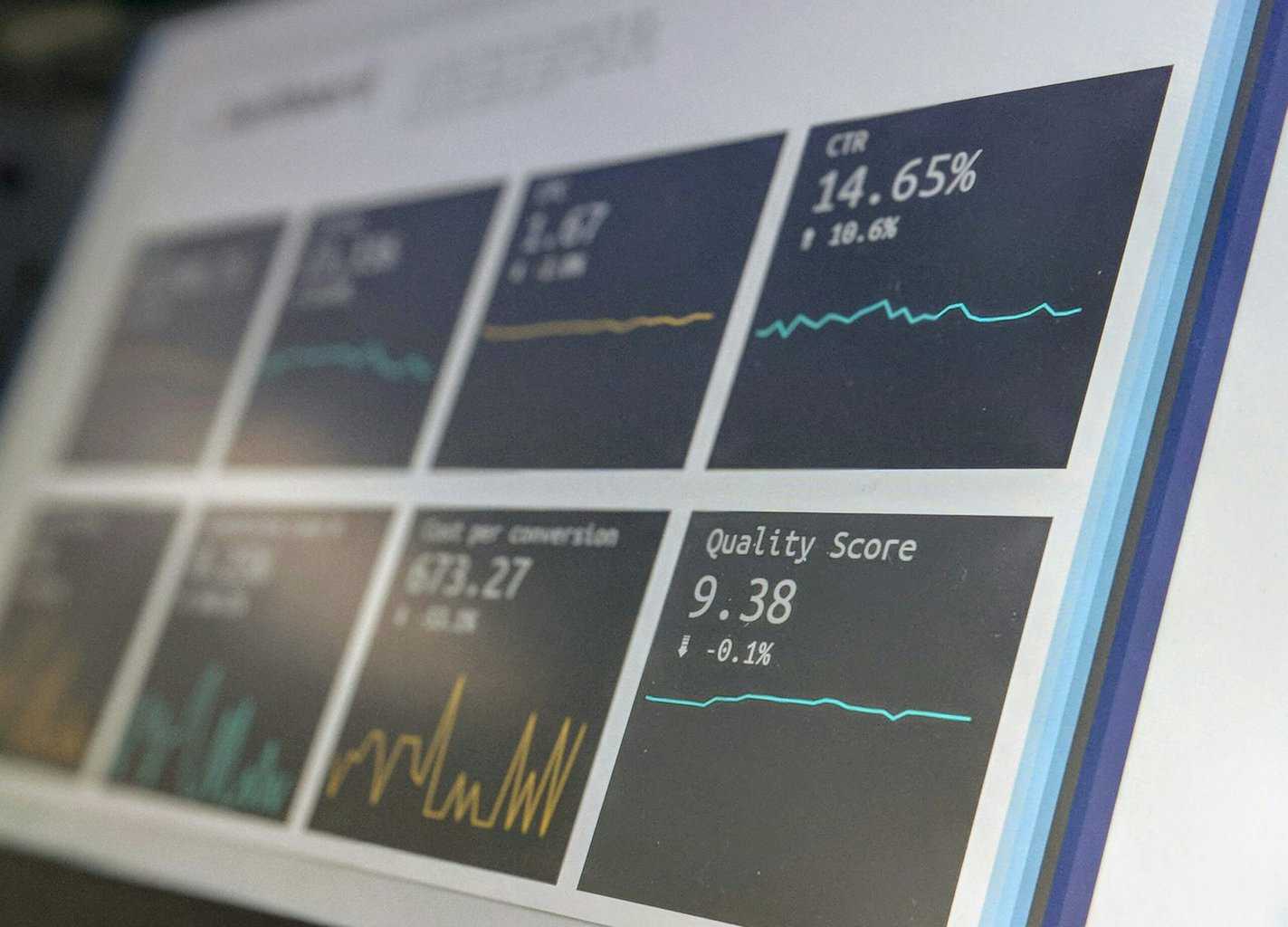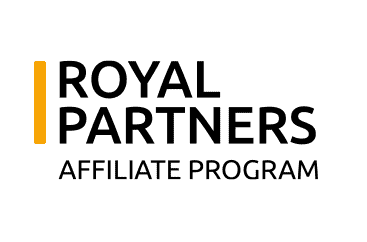Conversion Rate Optimization For Affiliate Marketing?

There are lots of technical terms and concepts when it comes to digital marketing. One of the most important, and one that all affiliates and publishers must be aware of is conversion rate optimisation.
In this article, we’ll take a closer look at what exactly conversion rate optimisation is and discuss why it is such an important metric. Read on to learn more…
What is Conversion Rate Optimisation?
In simple terms, conversion rate optimisation involves boosting the number of users who take a specific action on your website or platform. Conversions are often defined as sales, but they can encompass a range of different actions as well, such as newsletter sign-ups.
For example, you could define a conversion as the clicking of an affiliate link on your website. To grow and scale your business, you should look to optimise and increase the rate at which this link is clicked.
What is Your Conversion Rate?
Before you can look at boosting conversions on your platform, first you need to work out what your conversion rate is. Thankfully, there is a simple formula you can use to do so. By dividing the number of conversions on your website by the number of visitors and then multiplying the total by 100, you will be left with your conversion rate.
What Are Common Affiliate Conversion Rates?
Common affiliate conversion rates can vary widely depending on the industry, product type, and quality of traffic. Generally, here are some benchmarks:
- E-commerce: Conversion rates typically range from 1% to 3%. High-demand products or well-targeted campaigns can see rates as high as 5% or more.
- Digital Products: These often have higher conversion rates, usually between 2% and 7%, due to lower barriers to purchase.
- Finance and Insurance: Conversion rates can be lower, often around 1% to 2%, given the higher commitment required from users.
- Health and Wellness: Typically see conversion rates from 1.5% to 4%.
Factors influencing these rates include the quality of the affiliate content, user intent, and the effectiveness of the sales funnel.
If your conversion rate is lower than average, your business may stagnate, and you could find yourself rapidly falling behind your competitors. To prevent this from happening, we’ve listed a few strategies below that can help you boost conversions on your platform.
Conversion Rate Optimisation Strategies
How Can Brands Help Affiliates Improve Conversion Rates?
- Utilize Coupons and Promotions
- Discounts: Offering exclusive discounts and promo codes through your affiliates can incentivize purchases and drive conversions.
- Special Offers: Limited-time offers or flash sales can create urgency and encourage immediate action from potential customers.
- Support with Content and Messaging
- Co-brand landing pages
How Can Affiliates Improve Their Conversion Rates
- Optimize Call-to-Action (CTA) Buttons
- Design: Ensure your CTA buttons are prominently displayed, visually appealing, and clearly communicate the action you want the user to take.
- Text: Use compelling and action-oriented language in your CTAs, such as “Buy Now,” “Get Started,” or “Claim Your Discount.”
- Enhance Landing Page Experience
- Relevance: Ensure that your landing pages are directly relevant to the affiliate content that led users there. Consistency in messaging increases trust and reduces bounce rates.
- Speed: Optimize landing page load times to reduce abandonment. Faster pages lead to better user experiences and higher conversions.
- A/B Testing: Regularly test different landing page elements, such as headlines, images, and CTAs, to determine what works best for your audience.
- Incorporate Social Proof
- Testimonials and Reviews: Showcase positive customer feedback, ratings, and reviews on your landing pages to build trust and credibility.
- Case Studies: Share detailed case studies that highlight successful outcomes and satisfied customers who have benefited from your products or services.
The design of your website is the key to successful conversion rate optimisation. Your platform should be visually appealing and easy to use, with clear pathways that direct visitors towards your affiliate links. Images and graphics are important; they will make your website more attractive and offer more information for visitors.
Using calls-to-action (CTAs), either on the home page of your website or within content such as blogs, can be an effective way of increasing conversions. They can offer visitors the incentive they need to follow a link to an affiliate product or service.
It’s also vital that your website functions properly. If it is slow or buggy, this can discourage customers and make them leave before they have a chance to convert. Studies have shown that conversion rates decrease as website page loading times increase. To prevent this from happening, you must constantly test your platform and make improvements whenever necessary.
Finally, including reviews and testimonials on your website can see a boost in conversions. These will assure customers that your website is reliable and legitimate, and their efficacy for conversion rate optimisation is well-documented.
In Conclusion…
If you’re looking to take your affiliate marketing business to the next level, understanding and implementing conversion rate optimisation strategies is imperative. Ensure your website is well-designed and performing properly, include CTAs and display reviews to boost conversions on your platform.






